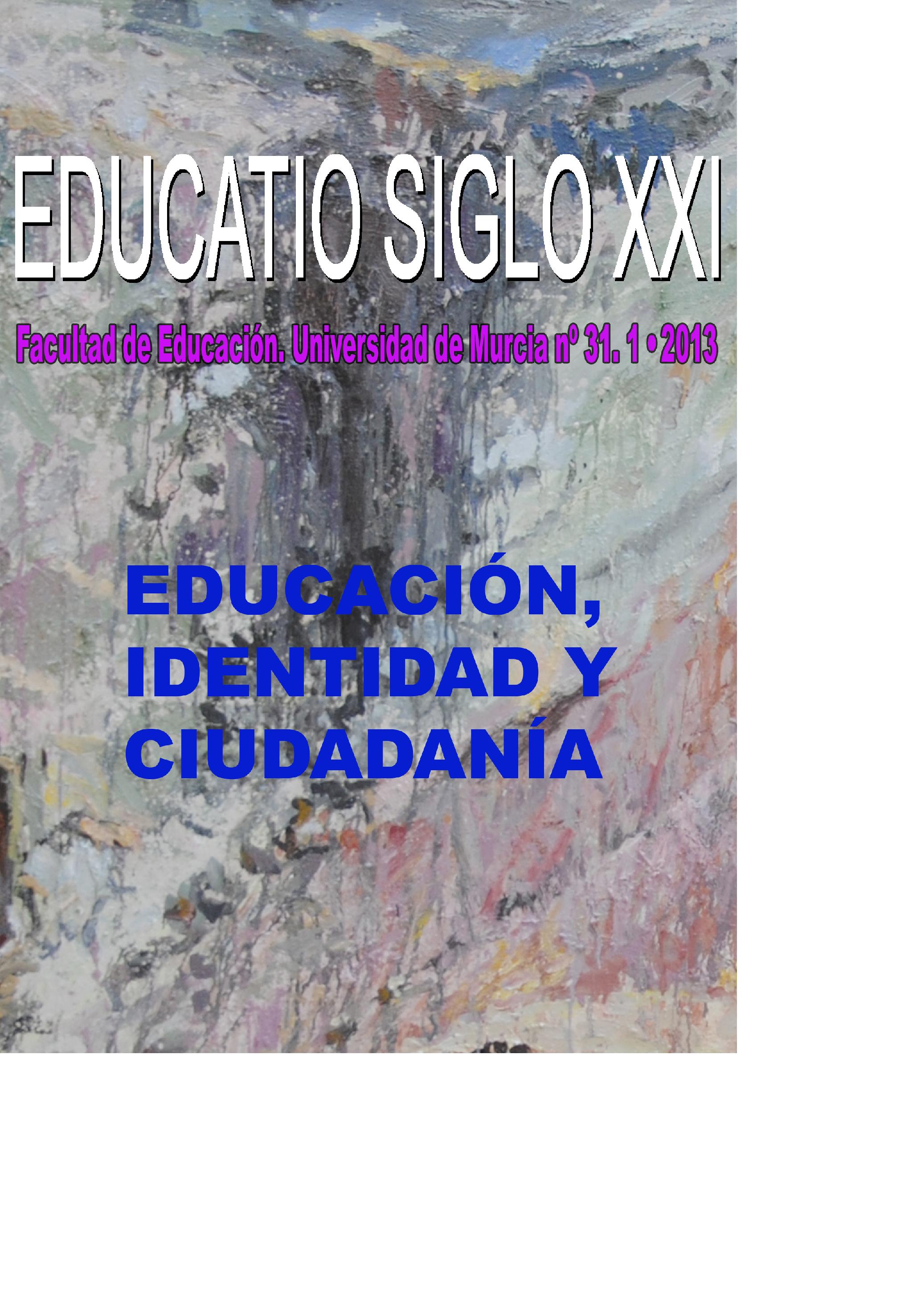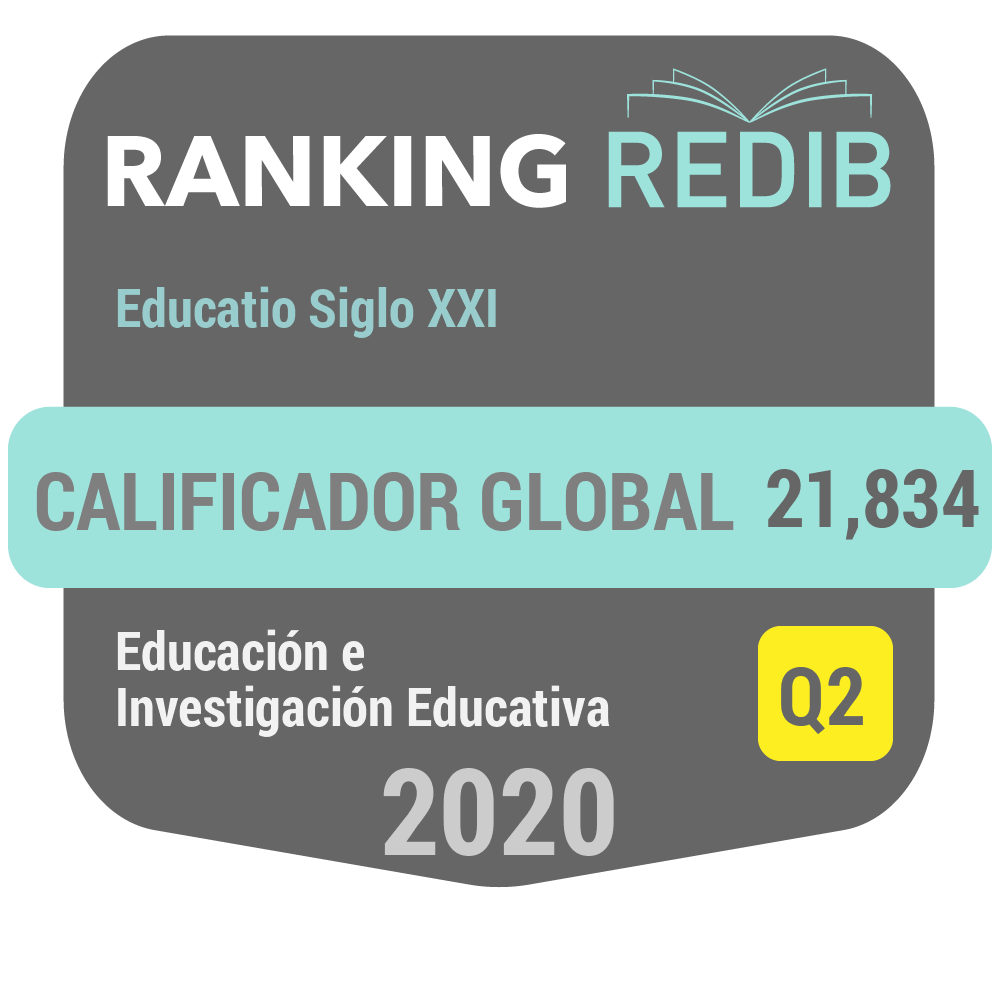Historical consciousness in Portuguese and Brazilian youngters and its relationship with the creation of national identities
Abstract
The idea of youngsters’ historical consciousness has been a relevant focus of recent studies in the field of historical cognition. Within this fruitful approach inspired by Jörn Rüsen epistemological reflections his paper presents some results of a qualitative study carried out with 283 students attending year 9 in Brazilian and Portuguese schools. Students, who have studied contemporary history at school, were asked to write two free accounts, about the national and the world history in the last 100 years. The analysis of the structure, markers and milestones in the students “historical” accounts allowed for establishing a set of inferences about these youngsters’ collective identities and temporal orientation. More substantiated,
positive accounts of the national history than of the world history suggested a clear national identity, mainly marked by sociopolitical and economic issues. Nonetheless, the Brazilian and Portuguese productions also revealed some specific features in terms of identity and the uses of “historical” knowledge, particularly about their postures when facing current issues and future scenarios. In this paper the results are briefly discussed in connection with the curricular history in each country.
Downloads
-
Abstract583
-
PDF (Español (España))287
Original work publishes in this journal is subject to the following terms:
1. Murcia University Press (the publishing house) holds the copyright of the publishes work, and favours and allows their reutilization under the use license stated in point 2.
© Servicio de Publicaciones, Universidad de Murcia, 2015
2. Work is published in the electronic edition under a license (Creative Commons Reconocimiento-NoComercial-SinObraDerivada 4.0 España (legal text). They can be copied, used, disseminated, transmitted and publicly presented, as long as: i) authorship and original publication source is acknowledged (journal, publishing house and URL of the work); ii) are not used for commercial purposes; iii) the existence and specifications of this use license is stated.
3. Conditions for self-archive. Authors are allowed and encouraged to disseminate electronically the pre-pint (before review) and/or post-print (accepted for publication) versions of their work before their publication since that favours earlier circulation and dissemination resulting in an increased chance for the authors to be cited and for the work to reach a bigger share of the academic community. Colour: RoMEO: green.







